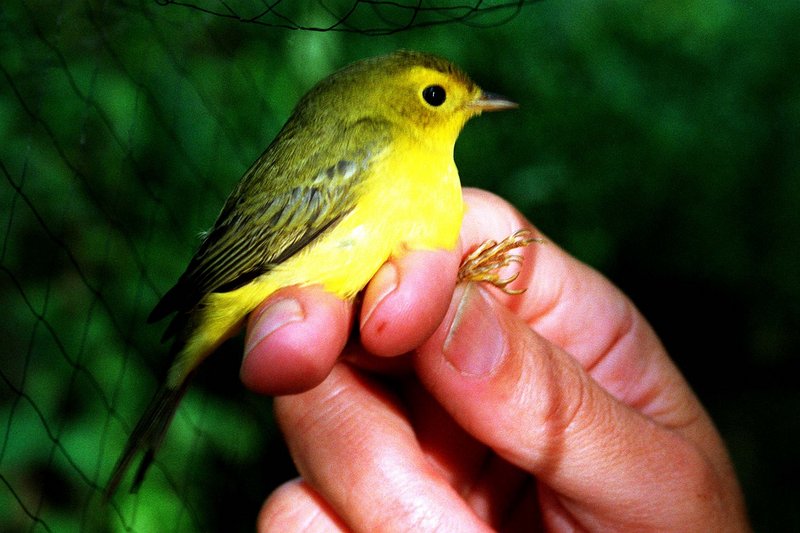During most days from early spring through late fall, I bicycle past the boat launch on Route 27 on the south end of Messalonskee Lake, which state officials have closed to boat trailers to stop a variable-milfoil infestation from spreading from there to other waters.
Since the closure, birdwatching groups with binoculars or spotting scopes gather at this marsh more than ever. They might spy great blue herons, American bitterns, rare black terns, 4-foot-tall sandhill cranes, and far too many more avian pals to list.
One recent day, my intrepid companion, Jolie, and I spotted a sandhill crane (Grus Canadensis) with its 6- to 7-foot wingspan, flushing from the channel through the marsh where Belgrade Stream enters the big lake.
Often, we hear cranes calling there without seeing them, and in fact, that afternoon, we had listened to a well-hidden crane’s repeated, rattling “kar-r-r-r-ooo,” booming across the water.
Someday when I have more time, ultra-serious birdwatching will interest me enough to buy Zeiss binoculars and a spotting scope to replace my Nikon optics, but for now, my birding consists of watching our feathered friends at multiple bird feeders in my backyard or during jaunts, while fishing, hunting, hiking, bicycling, traveling and so forth.
While wandering across three continents, I’ve experienced close and personal bird encounters that have left indelible impressions — a great way to learn and add extra pleasure to the outdoors.
On a fall evening 25 years ago, I was sitting in a huge ancient apple tree, bow-hunting for deer, when a diminutive warbler flitting near the ground caught my eye. Later at home, curiosity drove me to a birding guide-book, and the identity stuck, a Wilson’s warbler (Wilsonia pusilla).
Six years later, on a calm, sun-splashed morning, Harry Vanderweide of Augusta and I were traveling on the Bluenose ferry from Nova Scotia to Maine. While standing on the stern, we spotted a tiny songbird in the distance, trying to catch the boat. After a half-hour, it finally crash-landed on a table to rest during its arduous 60-mile trek over open ocean.
“A Wilson’s warbler,” I quickly said with excitement.
Birdwatchers do not spot this species every week or even every year — a furtive songbird that inhabits brushy habitat close to the ground. Many people live a lifetime without noticing this warbler, so my identification impressed my friend. However, that knowledge was sheer luck from the evening of bow-hunting six falls before.
This species stands 4¾-inches tall, sports a 7-inch wingspan and weighs ¼ ounce. The upper side of the body looks plain yellow-olive and the bottom bright-yellow, and the male has a round black cap. Most females and all immature ones have no cap.
White-breasted nuthatches (Sitta carolinensis) provide another example of a memorable meeting. Since childhood, I have known nuthatches from observations at bird feeders and in woods, but one October dawn 35 years ago, an unforgettable sighting occurred while I was bow-hunting for deer.
I was standing in a climbing tree stand in Belgrade, back to back with an oak trunk, when a male nuthatch landed on my thigh. Its little claws gently pricked the skin through the cotton pant leg — memorable to the core.
As the above anecdotes show, folks often learn birds in four ways:
1. A visit to a birding hot spot, as with the sandhill crane.
2. Chance encounters, as with the Wilson’s warbler.
3. Common visitor at a bird feeder, as with the white-breasted nuthatch.
4. Unforgettable incidents, as with the Wilson’s and nuthatch.
One memorable bird calamity occurred near Kokadjo in 1988, while bow-hunting over bear bait. I was sitting in a tree stand in a huge oak, and my Trebark camo clothing and face makeup blended with the bark. The bow and nocked arrow hung on a tree-hook next to me.
In the calm midafternoon, an eerie, absolute silence erupted like a loud noise, and not a bird or squirrel moved or called, typical just prior to a visit from a bear. Every nerve in my body stood on edge.
Suddenly, a broad-winged hawk had glided to within scant feet of my face without me seeing it until that moment. I snatched the bow and arrow up to shield my eyes, forcing the hawk to veer off at the last second.
Trebark camo blends so well with oak bark that the hawk had only spotted moving eyes and apparently mistook me for a small animal.
Unforgettable meetings help us identify bird species the old-fashioned way with experience and with a little aid from guidebooks — the best of both worlds. It’s not the only way to learn birds, but it has worked for me.
Ken Allen of Belgrade Lakes is a writer, editor and photographer. He can be contacted at:
KAllyn800@yahoo.com
Send questions/comments to the editors.



Success. Please wait for the page to reload. If the page does not reload within 5 seconds, please refresh the page.
Enter your email and password to access comments.
Hi, to comment on stories you must . This profile is in addition to your subscription and website login.
Already have a commenting profile? .
Invalid username/password.
Please check your email to confirm and complete your registration.
Only subscribers are eligible to post comments. Please subscribe or login first for digital access. Here’s why.
Use the form below to reset your password. When you've submitted your account email, we will send an email with a reset code.